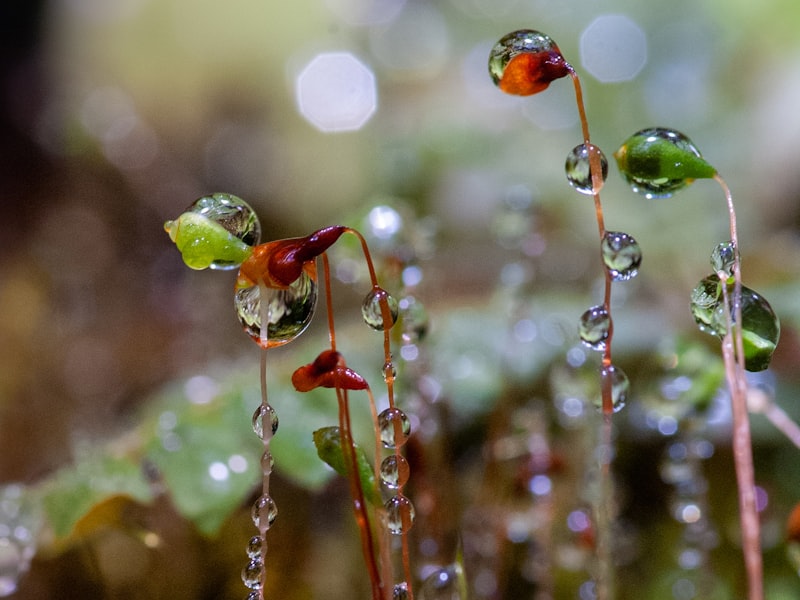Plant structure refers to the arrangement of machinery, equipment, workstations, and other parts inside a manufacturing facility, industrial plant, or any workspace. The major function of plant structure is to design and manage the physical setting in a method that optimizes productiveness, efficiency, security, and overall effectiveness. Here are the key purposes and aims of plant layout:
Optimizing Productivity: One of the primary objectives of plant format is to maximise productiveness by arranging workstations and tools in a logical and efficient sequence. Landscaping Barrow reduces unnecessary materials handling, minimizes bottlenecks, and ensures smooth workflow.
Minimizing Material Handling: Plant structure goals to reduce the movement of supplies, merchandise, and components inside the facility. By decreasing the space and time required for material handling, it saves time and labor prices.
Improving Efficiency: An effective plant format minimizes idle time, waiting time, and downtime. It ensures that gear and resources are utilized to their full potential, resulting in improved effectivity and output.
Enhancing Safety: Safety is an important consideration in plant format design. The association of machinery and equipment should prioritize the safety of employees, minimizing the chance of accidents, collisions, and publicity to hazards.
Reducing Costs: A well-designed plant structure can result in cost financial savings by way of labor, power, maintenance, and material handling. It can also assist determine opportunities for price discount and process improvement.
Facilitating Quality Control: An organized plant format makes it easier to implement high quality management measures by making certain that workstations and inspection factors are strategically placed in the manufacturing process.
Flexibility and Adaptability: Plant layouts should permit for flexibility to accommodate modifications in manufacturing volume, product combine, and technological developments. A flexible layout can adapt to evolving business wants.
Optimizing Space Utilization: Effective use of available house is a key consideration in plant layout. Efficient house utilization can lead to price financial savings by reducing the necessity for extra sq. footage or warehouse space.
Enhancing Communication and Collaboration: The structure can impact communication and collaboration amongst workers. An open and well-organized layout can foster better communication and teamwork.
Minimizing Environmental Impact: Plant format design can even contribute to environmental sustainability by optimizing resource usage, lowering waste, and minimizing vitality consumption.

Compliance with Regulations: Plant layouts ought to adhere to regulatory requirements and safety standards, ensuring that the power operates inside authorized and ethical boundaries.
Improving Morale and Job Satisfaction: A well-designed plant layout can contribute to a extra snug and arranged work surroundings, enhancing employee morale and job satisfaction.
Streamlining Maintenance: Easy entry to gear and machinery simplifies maintenance and repair duties. An organized format can reduce downtime associated with maintenance activities.
In abstract, plant structure serves as a strategic device for businesses and industries to optimize their operations and obtain numerous objectives, including productivity improvement, cost discount, safety enhancement, and useful resource effectivity. It is a dynamic process that should be periodically reviewed and adjusted to accommodate altering needs and technological developments..
